Making colours out of gold and DNA
Gold nanoparticles are arranged by custom DNA molecules to produce colours
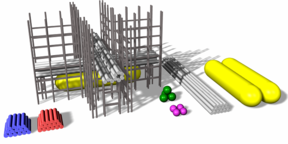





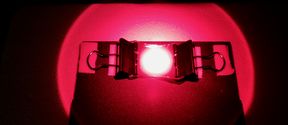
Gold nanoparticles are arranged by custom DNA molecules to produce colours

Electronically controlled molecular machines would be faster as well as easier to manufacture, as they would not need to rely on sophisticated chemical synthesis.

Nanosized hinges can fold and unfold on command
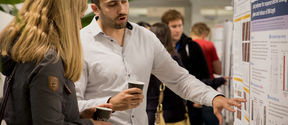
Understanding of computer science and mathematics becomes increasingly important in the field of DNA nanotechnology, says Professor Pekka Orponen
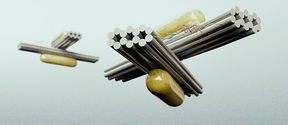
DNA self-assembly allows the unprecedented control of the optical properties of plasmonic metamolecules.
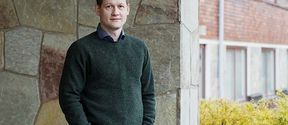
Being able to build things in nanoscale can lead to useful bioinspired applications, says Assistant Professor Anton Kuzyk.